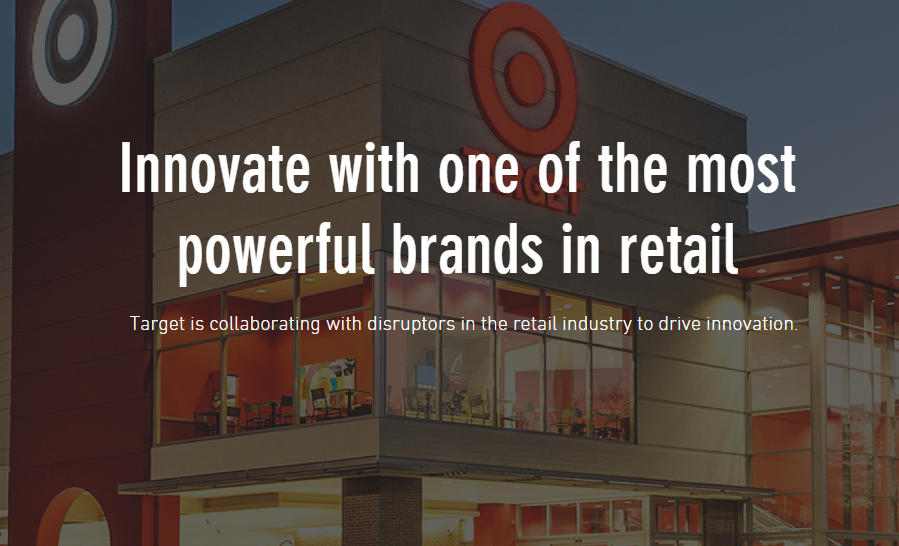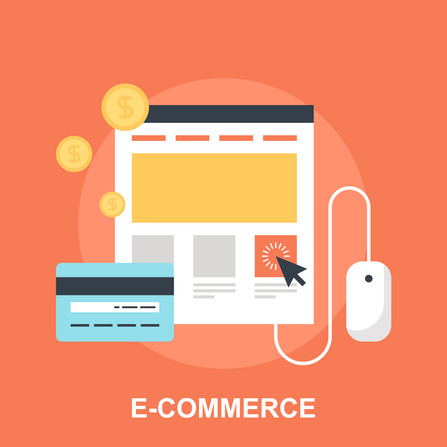The holiday shopping season has arrived and with it, comes the pressure to monitor and manage customers across all channels. Retailers who are driven to propel holiday sales, know they have to think like a big box store while making sure they have the right IT infrastructure in place and web analytics services in place to satisfy a large number of operations across multiple shopping channels.
An integrated e-commerce solution connects physical stores and online retail with backend order management, marketing and inventory. Read on to find out how you can put your Omnichannel within reach of all retailers with these five tried and true strategies:
1.Maximize the digital customer touchpoint
E-commerce driven mobile revenue will surge by at least 50% by the end of 2017 according to Think Tank Gartner. This means that your online store needs to be optimized to deliver content whether customers are checking pricing, availability and reviews on their iPhones and other smartphones or researching and purchasing products through Apple Pay on their iPads and other tablets.
2. Make real-time inventory data available
Have you noticed how some of the big box retailers are able to show whether a product is available in stores and also online? Making real-time inventory data is a necessity, but giving in-store employees access can determine whether an out-of-stock product is available at a store 10 miles away or can easily be shipped to the shopper. This is also key to building a high quality online shopping experience which can impact sales and strengthen brand loyalty.
3. Provide a fast and convenient shopping experience
What if a customer doesn’t have the patience to wait until an item is shipped or doesn’t have the time to drive to the next store branch located 25 miles away? An integrated back-end system gives you real-time data about each store’s inventory as well as accurate in-store stock information and the flexibility to speed orders and process fulfillment.
One way to shorten the delivery time is by shipping the item from your nearby store to the customer’s. Another way to save on delivery costs is to allow customers to order online and then pick up the product from the store. Strengthen brand loyalty and boost revenue by allowing online purchases to be returned to physical stores. This will win your customers over.
4. Provide high quality documented customer service
More customers are expecting that an online shopping will match their expectations of an in-person store experience and if it doesn’t, they will usually find a way to complain whether the product wasn’t accurately described or the order wasn’t shipped by the expected delivery date. This is where the right e-commerce shopping cart software can impact e-commerce revenue. This is why it’s important to have an accurate profile of each customer from the date the order was shipped to the time the customer had called into the call center. Provide online visibility and in-store and call center transactions and interactions which is especially important for maximizing holiday conversions.
5. Leverage customer data for an upsell
Ultimately, you’ll want to promote and target the right products to the right shoppers through their preferred shopping channel. Once you have the right data of their interaction history and purchases, you are positioned to upsell promotions and provide upsells, which encourages a richer shopping experience and deeper engagement.
As you can see, this omnichannel strategy means you need to have a flexible and open mind to enhance the customer experience through a variety of modalities including email, mobile, online, social, call center and in-store touchpoints that provide a well-round customer profile. Choosing an integrated e-commerce platform that satisfies the marketplace demands is also key to maximizing omnichannel success.
Article Written by: Dorit Sasson



